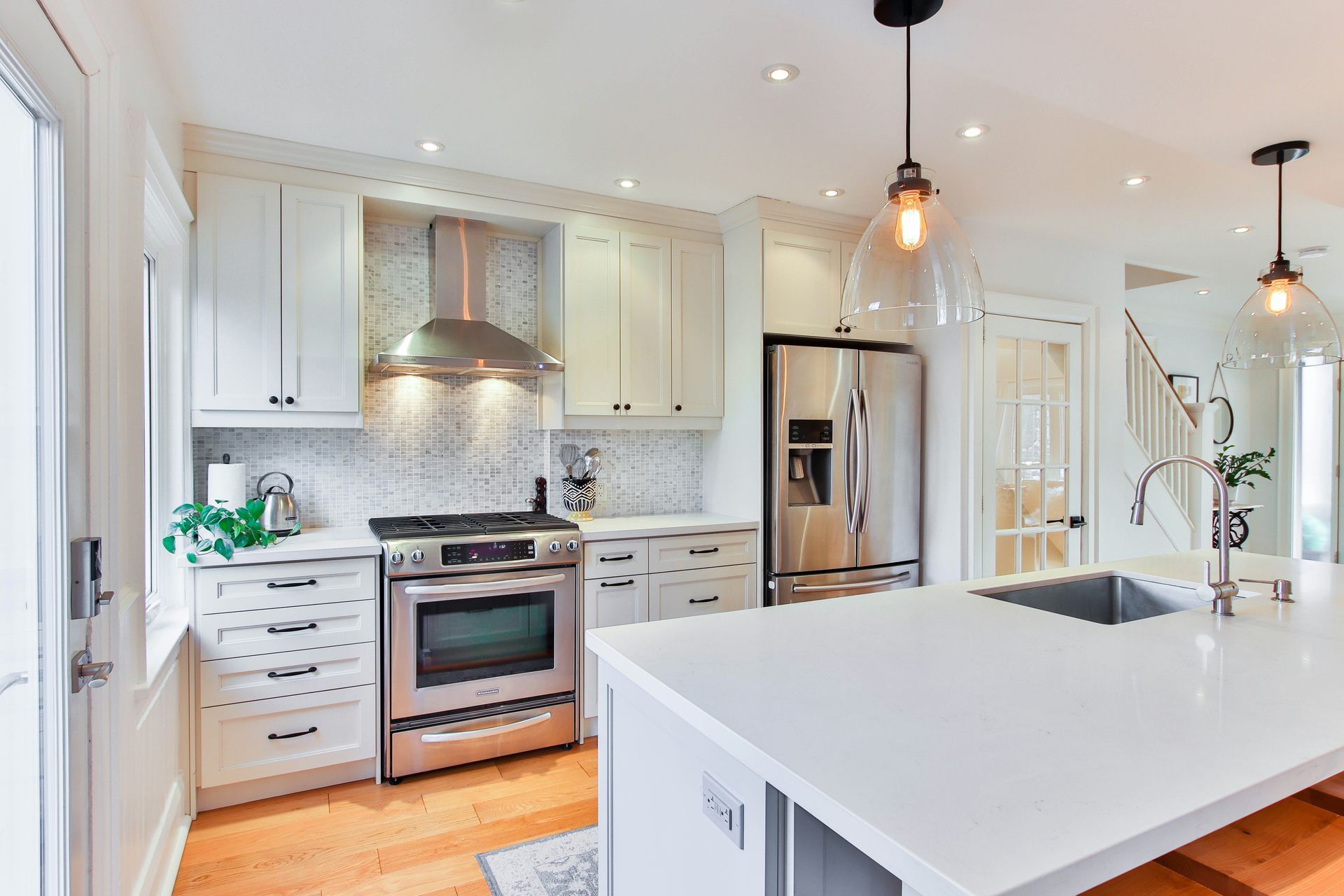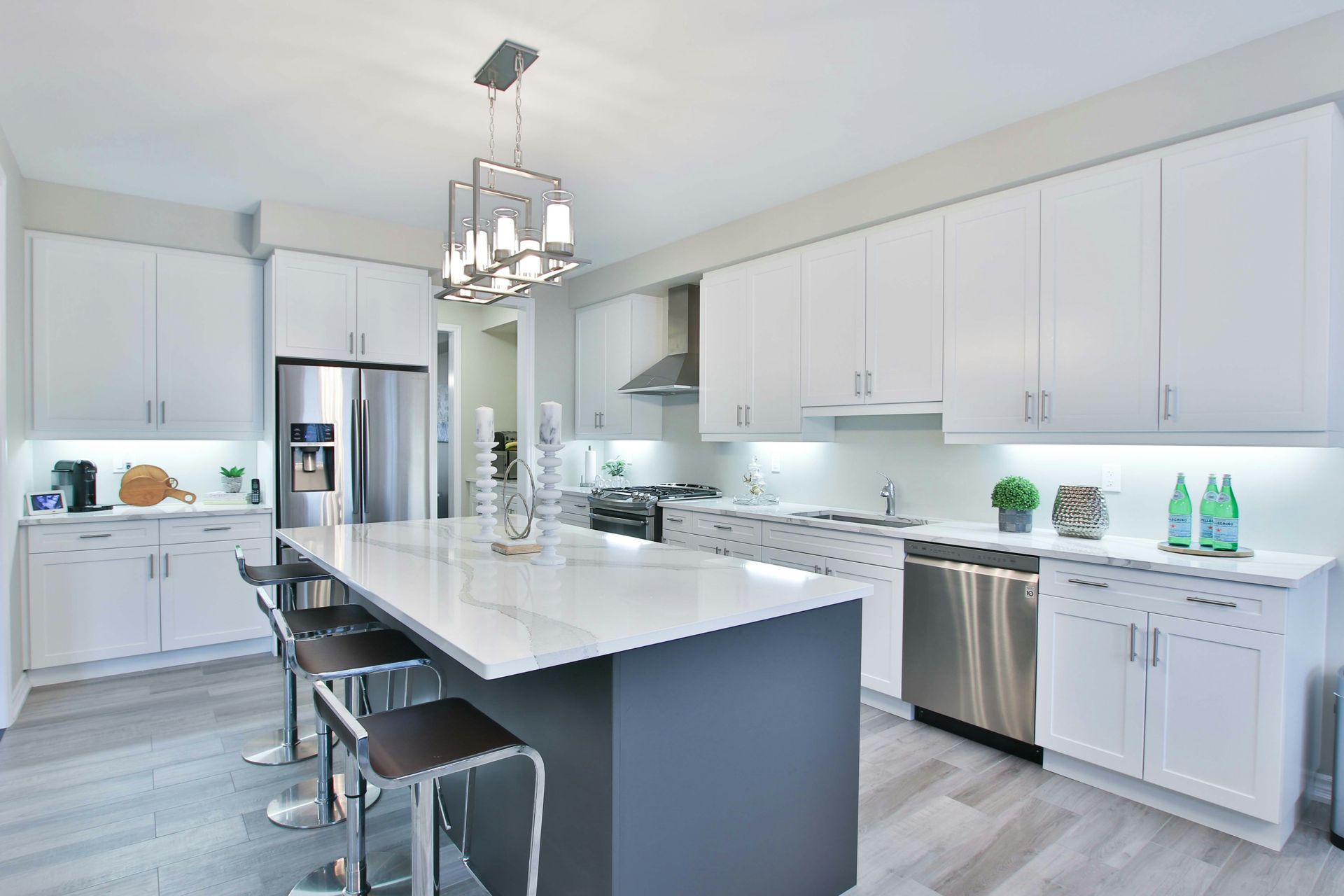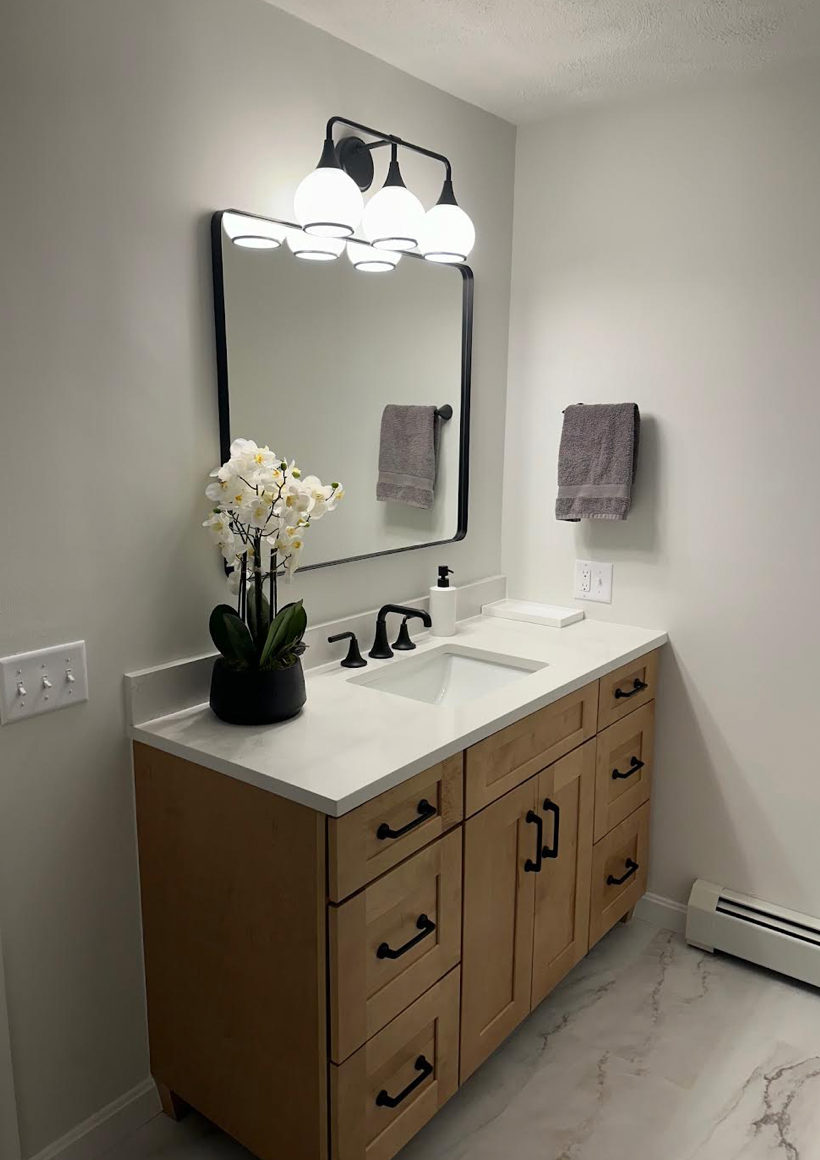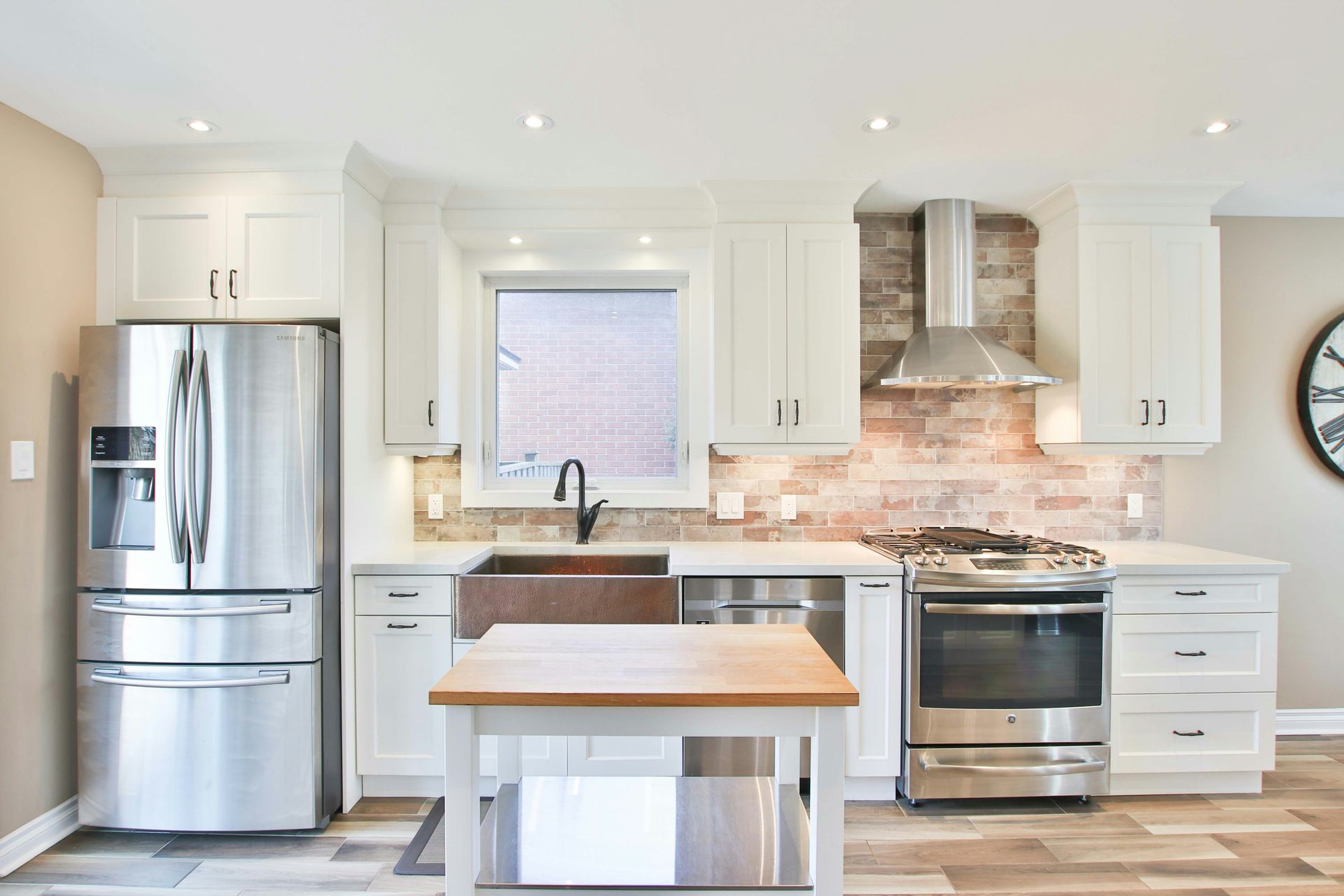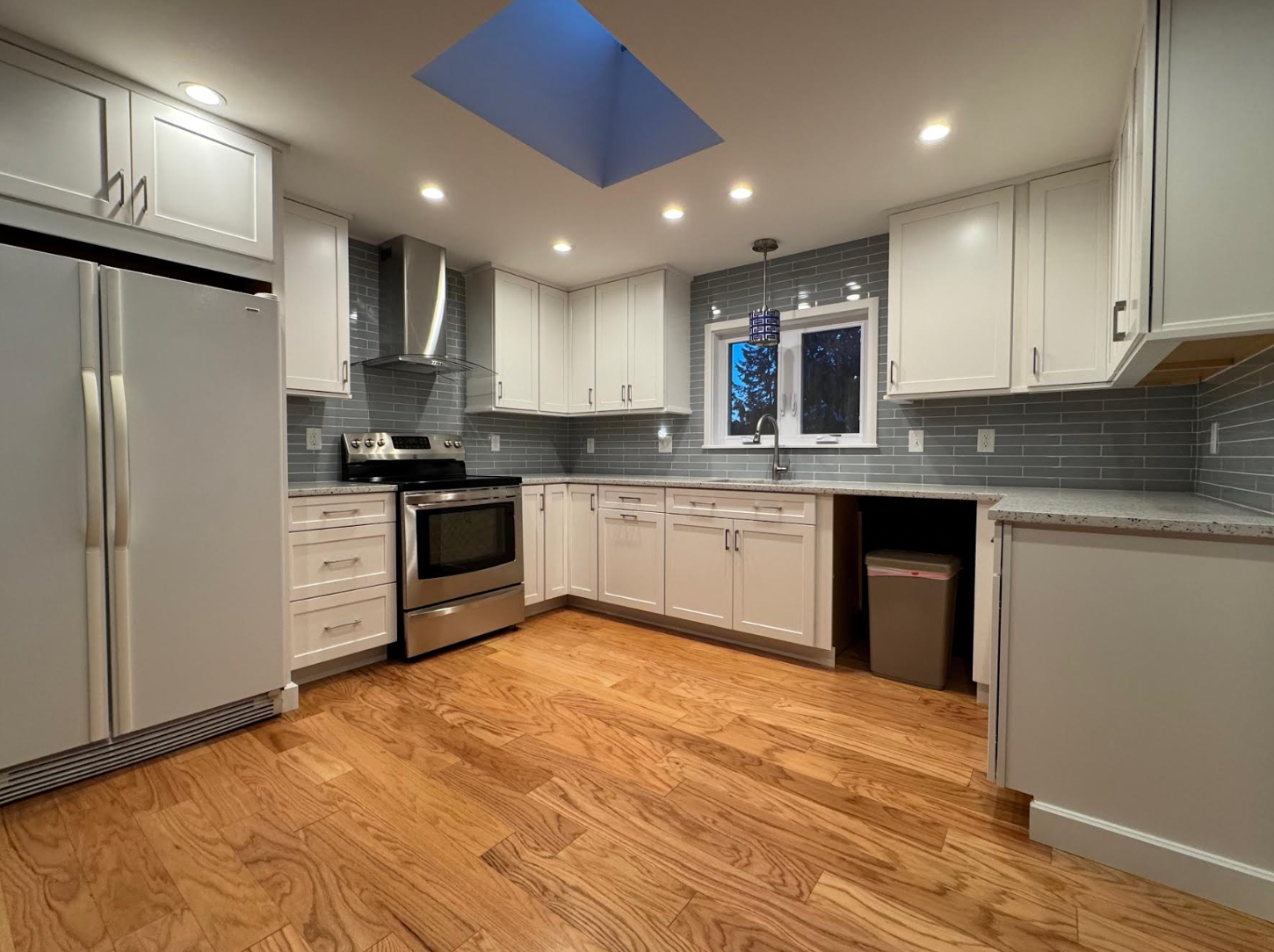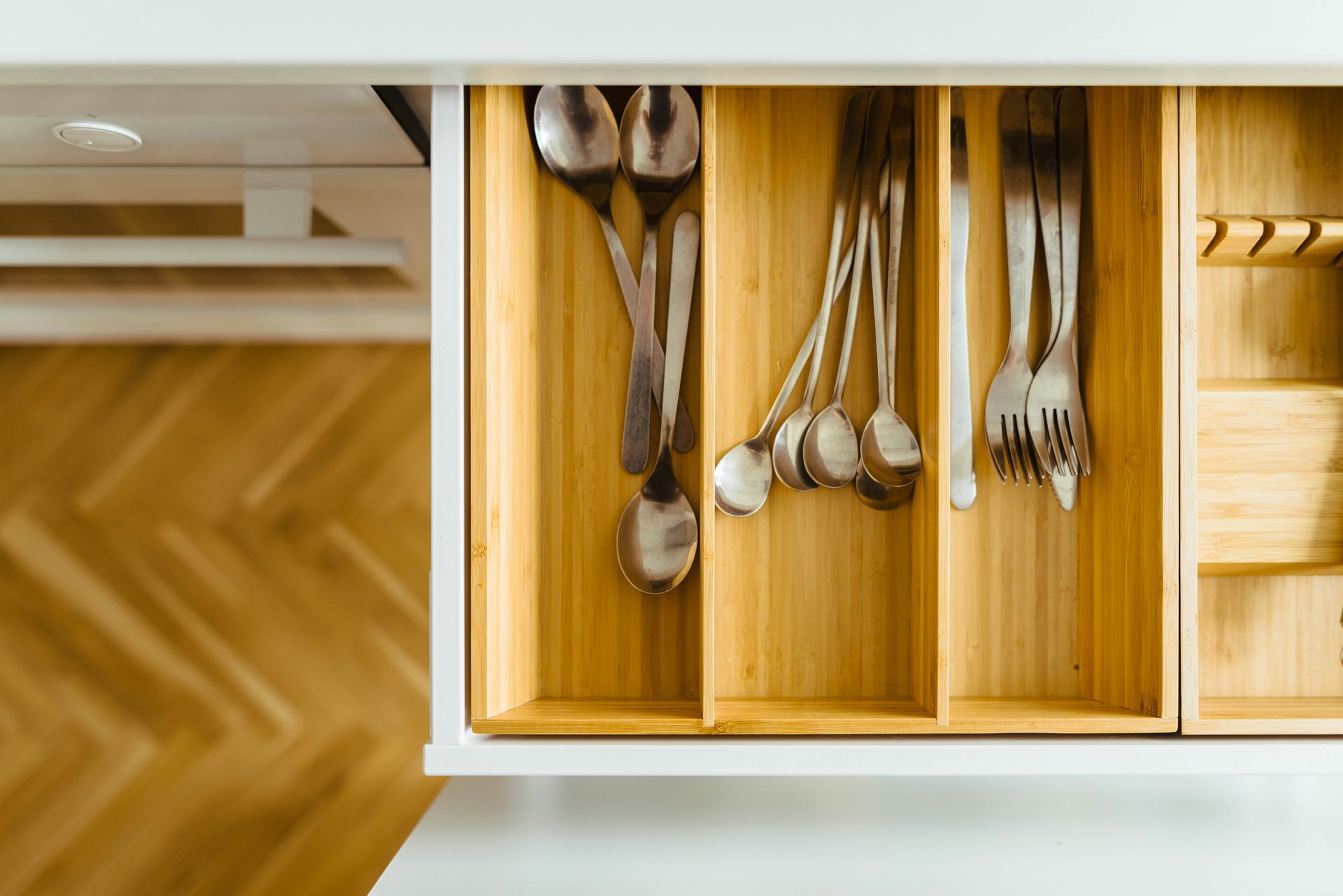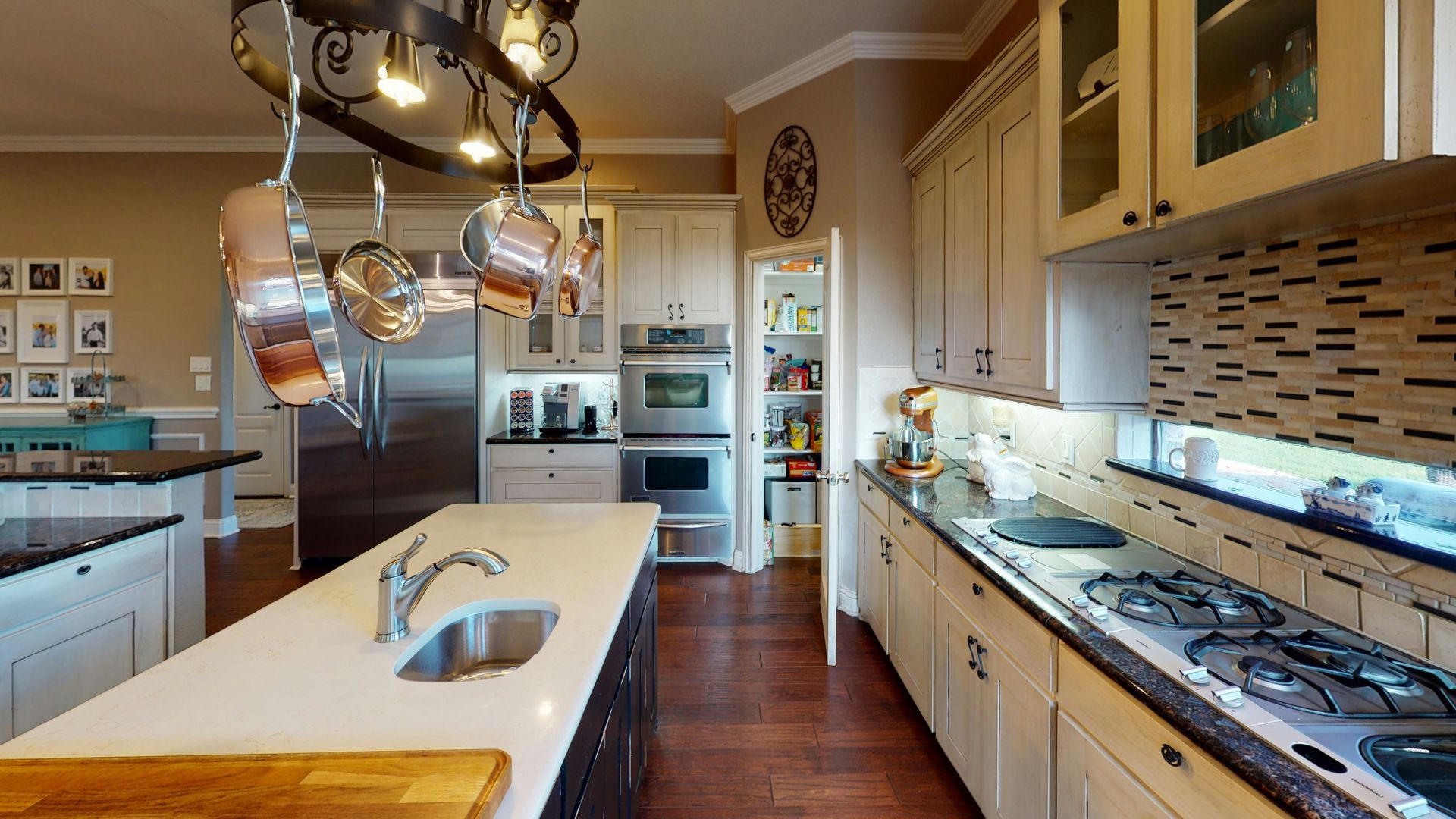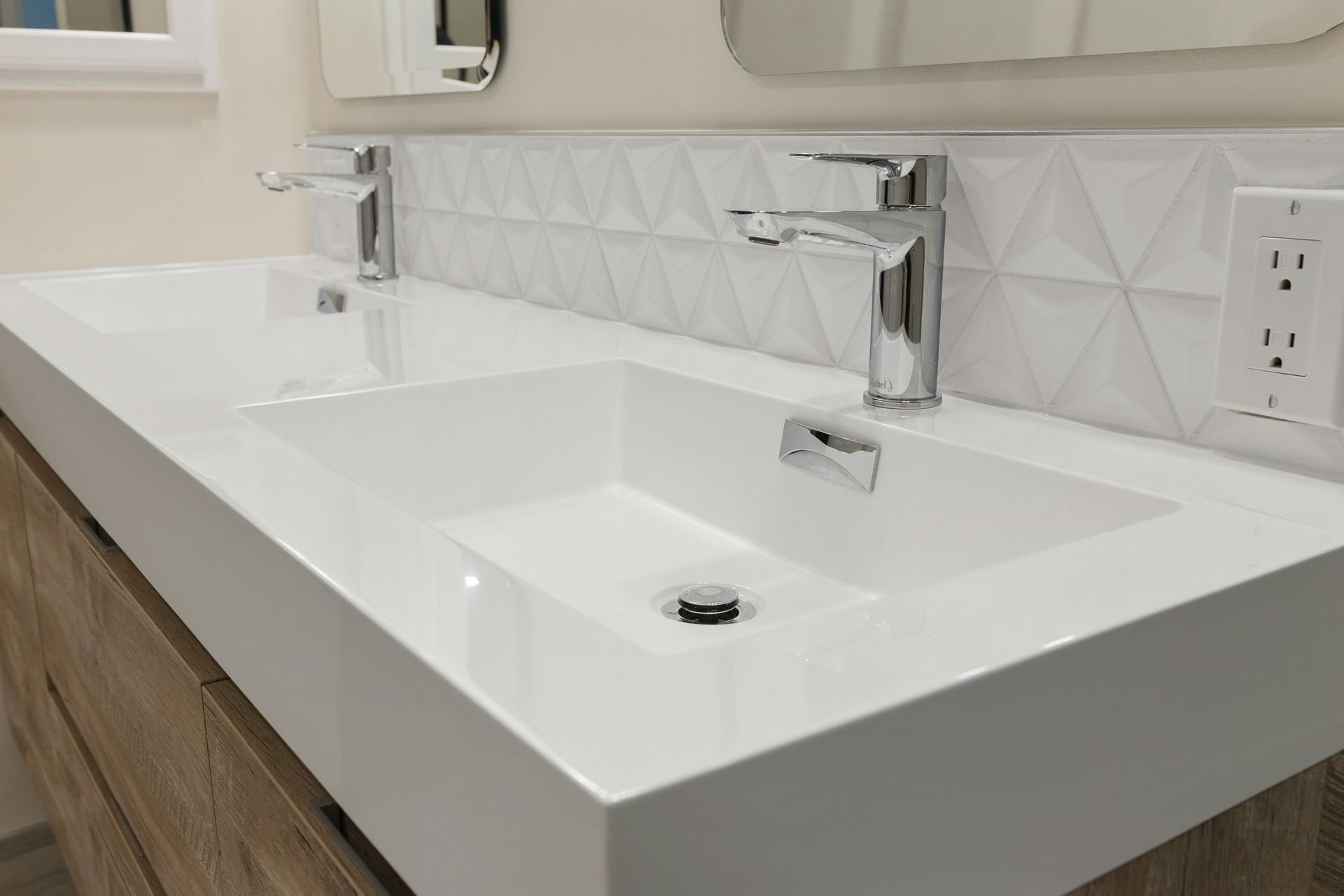If you're designing a kitchen or bathroom, what features usually come to mind first? Layout? Paint or cabinet colors? Furnishings? The conversation usually doesn't start with texture. However, this subtle design element can influence the feel of your space.
From polished stone countertops to hand-scraped wood floors, texture is what brings depth, personality, and even emotion to a room. In both kitchens and bathrooms, two of the most frequently used rooms in any home, texture can make the difference between a space that looks good and one that feels exceptional.
Why texture matters in home design
Texture refers to the surface of a material. But it goes beyond how it looks; texture also includes how a material feels to the touch. When you're designing a space, texture can be used to balance elements, create contrast, or add visual interest. For example, a minimalist, monochrome kitchen can feel a little sterile. However, if you add layers of texture, like brushed hardware, matte tile, and smooth quartz, your kitchen can become more intriguing and visually richer.
Texture also plays a significant role in the emotions a space evokes for you and your guests. Soft, warm finishes can make a room feel welcoming and cozy, while sleek, glossy surfaces might evoke cleanliness and sophistication. This becomes especially important in kitchens and bathrooms, where function tends to take priority, but form and feeling matter just as much in these spaces where we spend so much time.
Texture in the kitchen
In the kitchen, texture helps create visual appeal and rhythm. It's the ideal space for strategic contrasts, such as pairing clean, smooth cabinetry with a rugged natural stone backsplash, or contrasting a glossy subway tile wall with a rustic wood butcher block countertop.
Cabinet finishes, in particular, offer a wide range of textures. Painted finishes give a soft, smooth surface that blends well with most styles. Meanwhile, wood grains, especially when left exposed or lightly stained, can add natural texture that feels warm and grounding.
You can also introduce texture variation with your countertops. Honed quartz or concrete gives a matte, tactile finish that contrasts beautifully with sleek metal fixtures. Alternatively, polished marble or granite can create a striking pairing with dark-stained wood cabinets or bold, painted ones.
Even the hardware, from brushed brass to matte black or polished chrome, can help break up visual monotony and make the space feel curated rather than cookie-cutter.
Texture in the bathroom
Bathrooms benefit from a similar approach, where the interplay of textures can help subtly define the atmosphere. A bathroom filled only with shiny white tile may look clean, but it can also feel sterile and clinical. Add in a woven bath mat, a wood vanity, or matte-finish tiles, and suddenly the room feels much more inviting – like a spa oasis.
Textures can be contrasted in the bathroom, much like they can be in the kitchen. For example, pairing smooth porcelain sinks with a tactile stone backsplash, such as slate, granite, or travertine, or using handmade ceramic tiles with slight surface variations, can make the space feel elevated without overwhelming it.
Lighting also interacts with texture in powerful ways. Textured surfaces can help tone down natural light, creating shadows and dimensions instead of feeling too harsh. Artificial lighting can either emphasize or soften textured finishes, depending on how it's positioned.
Designing with intention
Texture should never feel like an afterthought. Instead, it should be built into the design process right from the start. Think about how each surface will feel, not just physically, but emotionally. A kitchen that's meant to feel modern and refined might lean into sleek, minimal textures. At the same time, a family-friendly space might benefit from soft, approachable materials that age with grace and character.
The key is balance. Too much texture can make a room feel busy or chaotic. Too little, and it risks feeling sterile. The perfect mix of smooth against rough, matte beside glossy, warm tones alongside cool neutrals can be downright magic for a space.
Bring your vision to life with Cumberland Kitchen
At Cumberland Kitchen, we understand that a truly beautiful room isn't just about the right materials but the right mix of materials. Whether you're remodeling a kitchen or upgrading your bathroom, we can help you choose textures that align with your vision, your lifestyle, and your budget. Ready to start designing a space that feels as good as it looks? Contact Cumberland Kitchen today.
